China (31.5% in 2023) and India (8.1% share in 2023) are driving the growth in global carbon emissions.
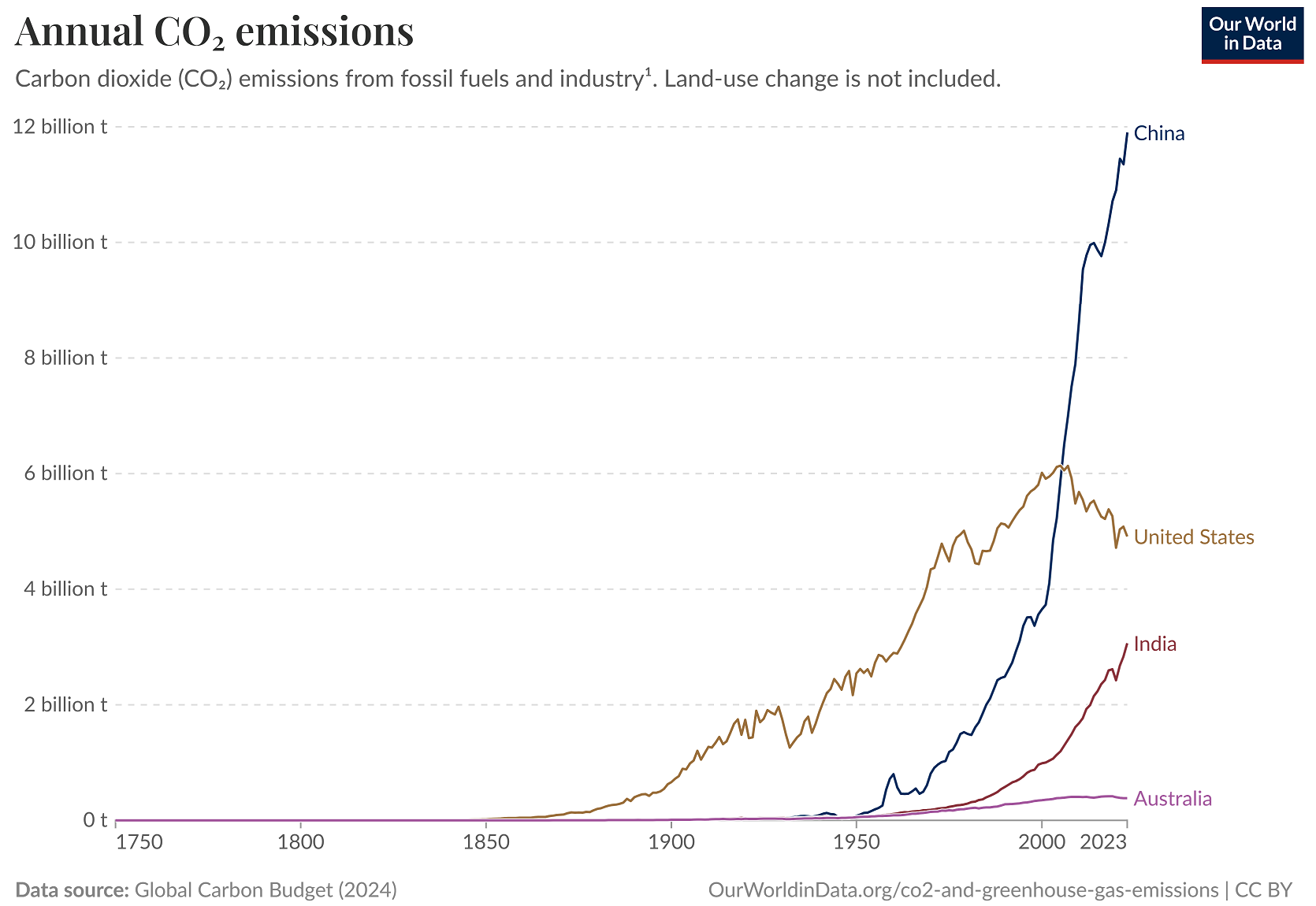
The reason is simple: both have an insatiable appetite for coal.
The following chart from Oxford Economics on electricity generation sources tells the tale.
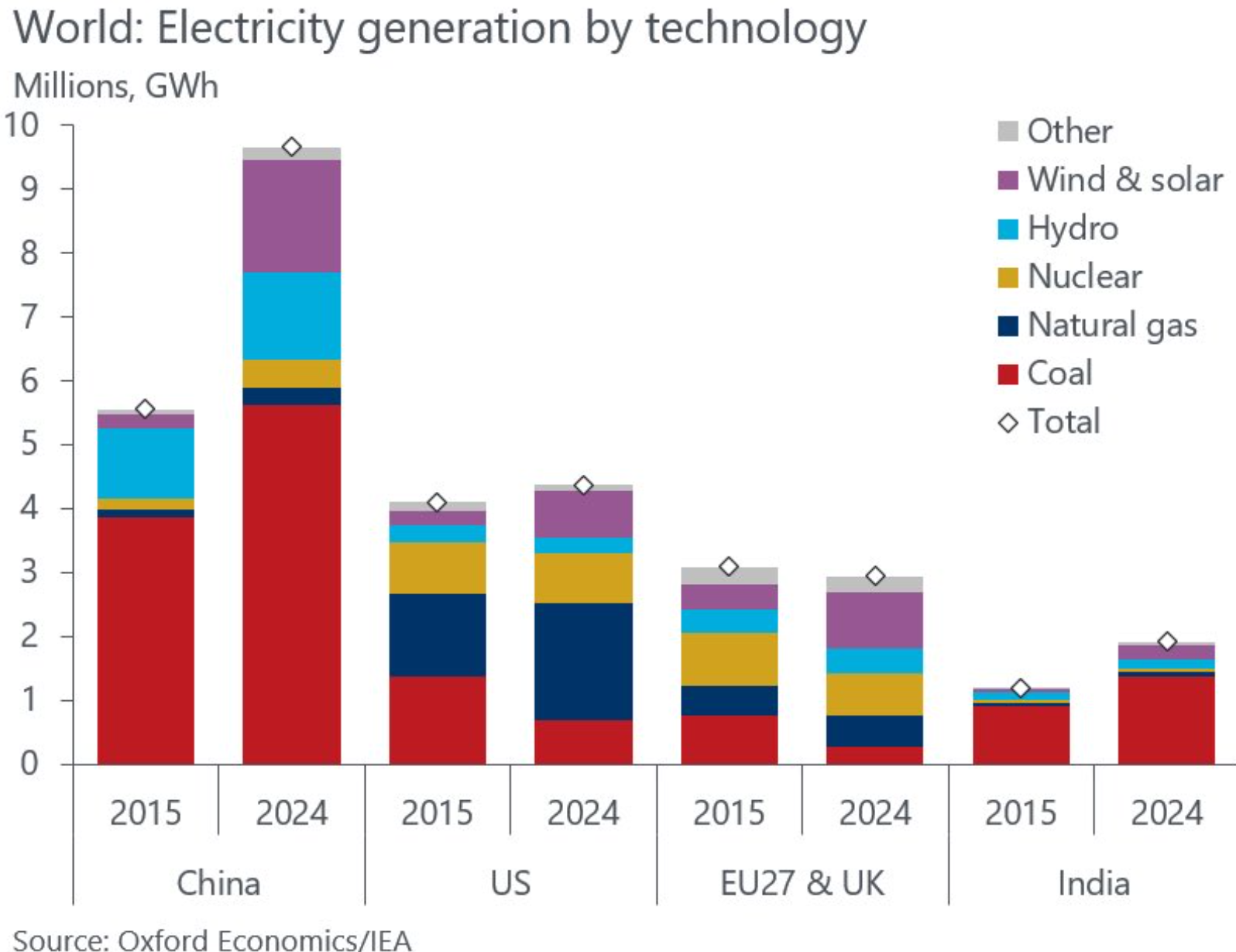
While the developed world has weaned itself off coal over the past decade, China and India have ramped up their coal consumption.
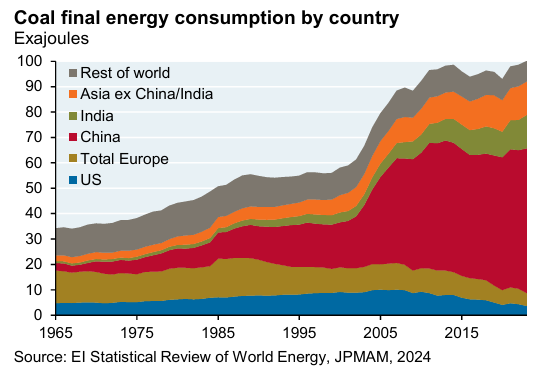
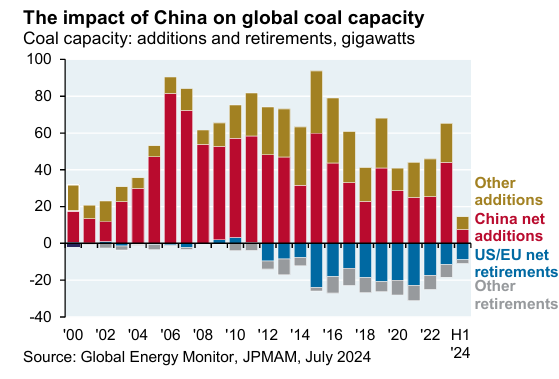
In the decade to 2024, China’s thermal coal electricity generation soared by 51%. Chinese coal production, imports, and consumption all hit record highs.
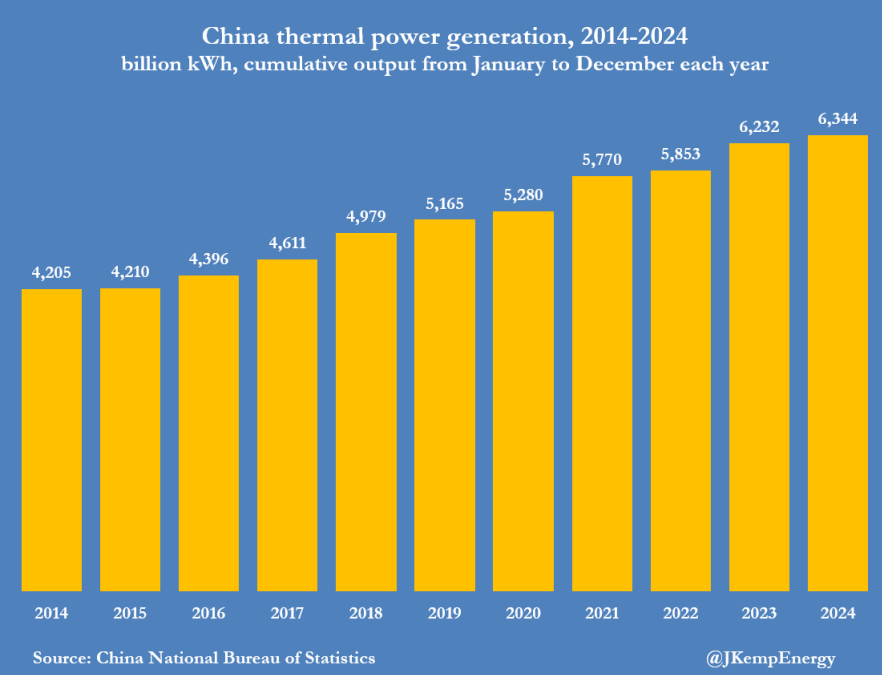
India’s coal consumption also increased by more than 70% over the past decade to a record high.
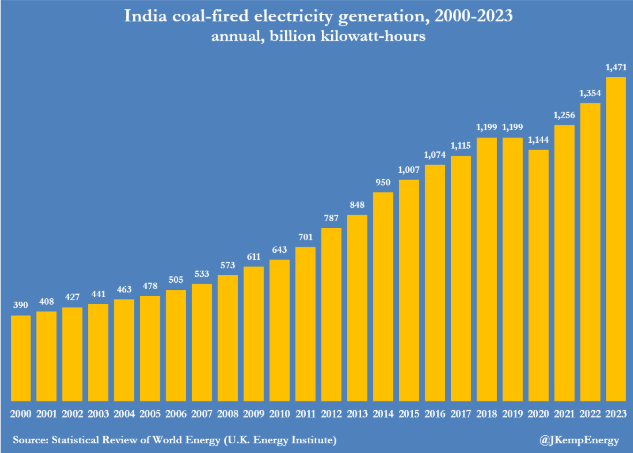
Both China and India have committed to increasing their coal consumption.
According to research from the Centre for Research on Energy and Clean Air (CREA) and Global Energy Monitor (GEM), China began construction of 94.5 gigawatts (GW) of new coal-power capacity and resumed 3.3GW of halted projects in 2024, the highest level of construction in the last decade.
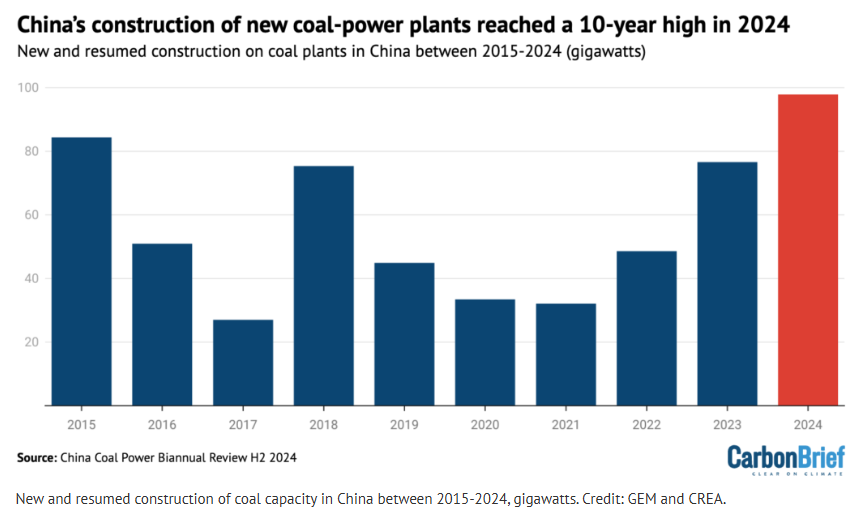
The pipeline of Chinese coal power projects has also expanded.
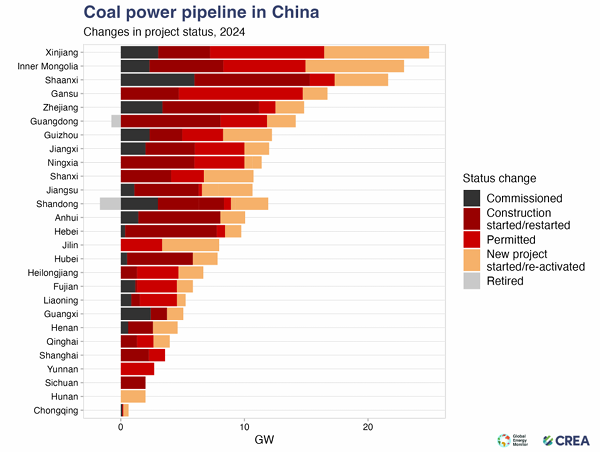
The Indian government has ordered coal generators to accelerate capacity increases, postpone planned retirements, and purchase more equipment to expand capacity until at least 2030.
According to Statista, China (1,161) and India (285) have the largest number of coal-powered generators in the world, which continue to grow.
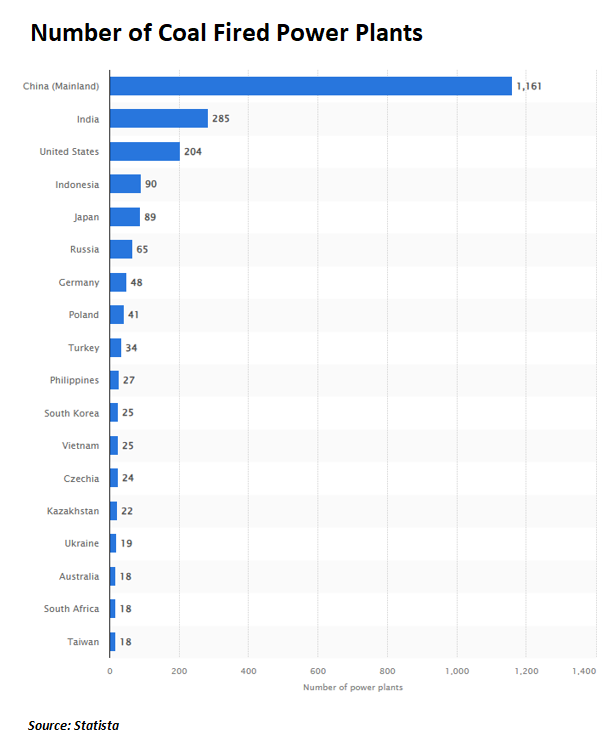
Australia exports around five times more coal and four times more gas than it consumes. Much of these coal and gas exports go to China and India.
Instead of committing energy suicide in the hopeless pursuit of ‘net zero’, Australia should provide itself with cheap and reliable energy by burning a little more coal and gas at home while exporting a little less.
Global carbon emissions would be unaffected, Australia’s manufacturing sector would prosper, and our living standards would not collapse from unreliable and expensive energy.

